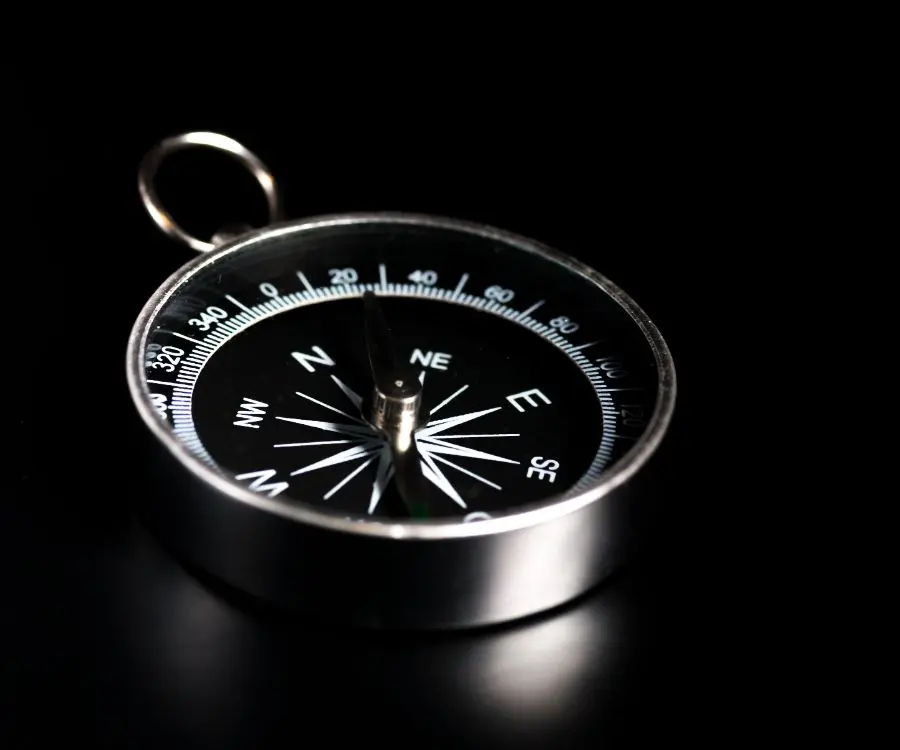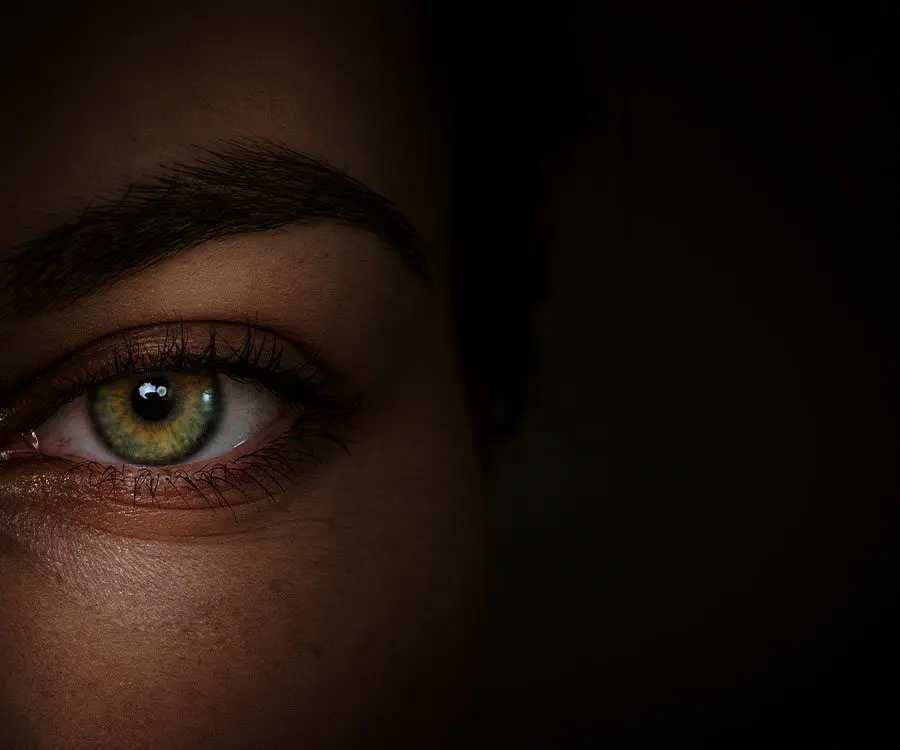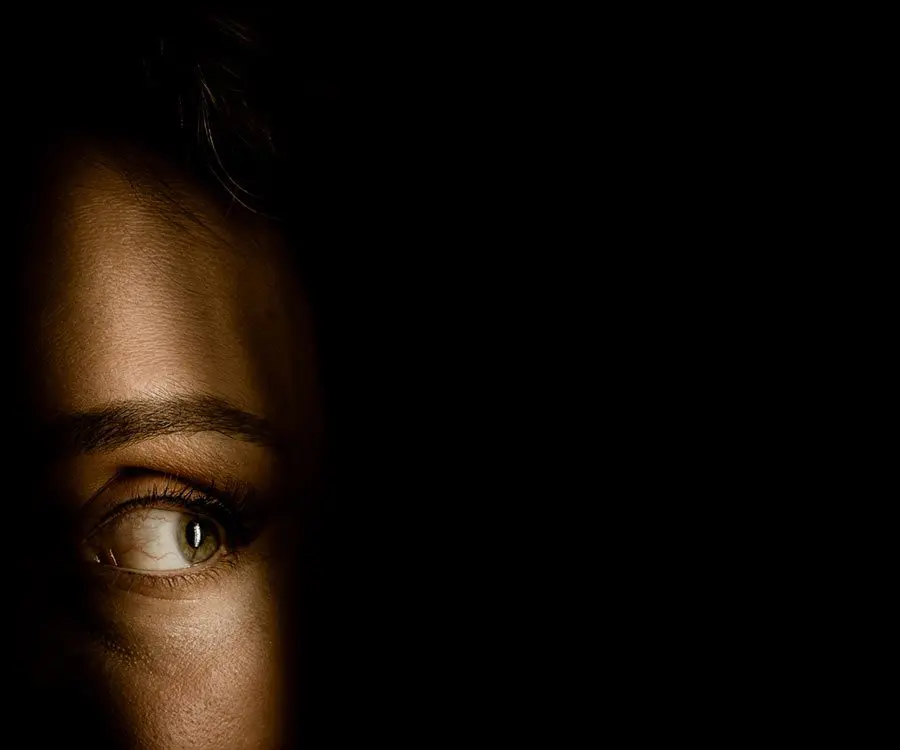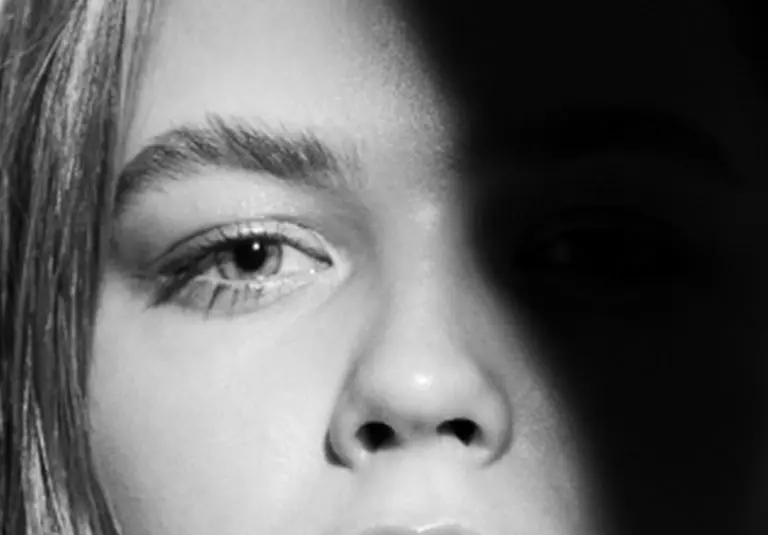
- Uncategorised

- News
Driving Home for Christmas: Are your eyes road ready?

With Christmas fast approaching and many people embarking on long journeys to visit friends and family over the Christmas period, we’re urging you not to ignore one key preparation: making sure your eyes are road ready.
With the wintery conditions reducing visibility and the days getting darker earlier, it’s concerning to read that recent surveys show that over a third of people struggle to read road signs while driving and over a fifth of the UK public have never had their eyes tested.
Driving with poor vision can have disastrous consequences with research estimating that vision-related accidents result in 2,900 casualties each year.
Here are our tips for keeping you safe on the road this Christmas:
Consider Your Age
From the age of 40, your eyesight can decline without you even noticing and it is essential the if you are 40 or older or if you have concerns about your eyesight, that you regularly get your eyes tested.
People often delay going for a test because they are in denial and may even be scared of losing their driving licence. While it may be hard to accept that your eyesight might have deteriorated, particularly when driving but don’t take the risk this Christmas.
Test Yourself
Whilst it certainly can’t replace a professional eye test, regularly checking your own eyesight will help you identify if your eyesight is suitable for driving. You can do this by regularly test that you can read a number plate from 20 metres away. With Christmas being the busiest time of the year, getting an eye test may be the last thing on your mind but you should always wear an up-to-date pair of glasses or contact lenses while driving if they are needed.
Wear the right lenses
Don’t use tinted lenses for night driving and if possible, have an anti-reflection coating on your spectacles.
What is the legal requirement for driving?
According to the DVLA all drivers must be able to read (with glasses or contact lenses, if necessary) a car number plate made after 1 September 2001 from 20 metres.
You must also meet the minimum eyesight standard for driving by having a visual acuity of at least decimal 0.5 (6/12) measured on the Snellen scale (with glasses or contact lenses, if necessary) using both eyes together or, if you have sight in one eye only, in that eye.
The eyesight test involving reading number plates is conducted as part of the driving test. As the law stands, however, no further sight checks are needed until the driver reaches the age of 70, so the responsibility lies with you to ensure you wear corrective eyewear if necessary and recommended by your optometrist. Check your vision regularly by reading a number plate from a distance of 20 metres. If you notice any changes, visit your optometrist for an eye examination.
Want to drive home without glasses?
Our hospital-based treatments are led by our highly experienced consultant eye surgeons who use a combination of the latest and safest technology, to correct a wide range of refractive errors, including mild to severe short sightedness, long sightedness, and astigmatism. Click here to book a consultation or request a brochure to learn more about LaserVision.
Reviews







